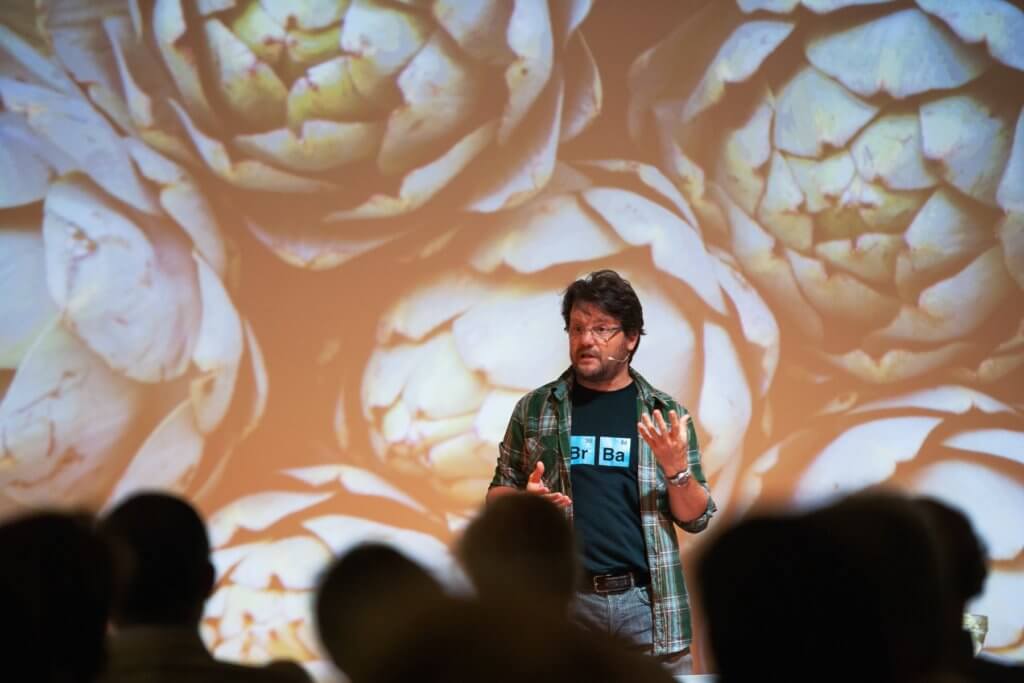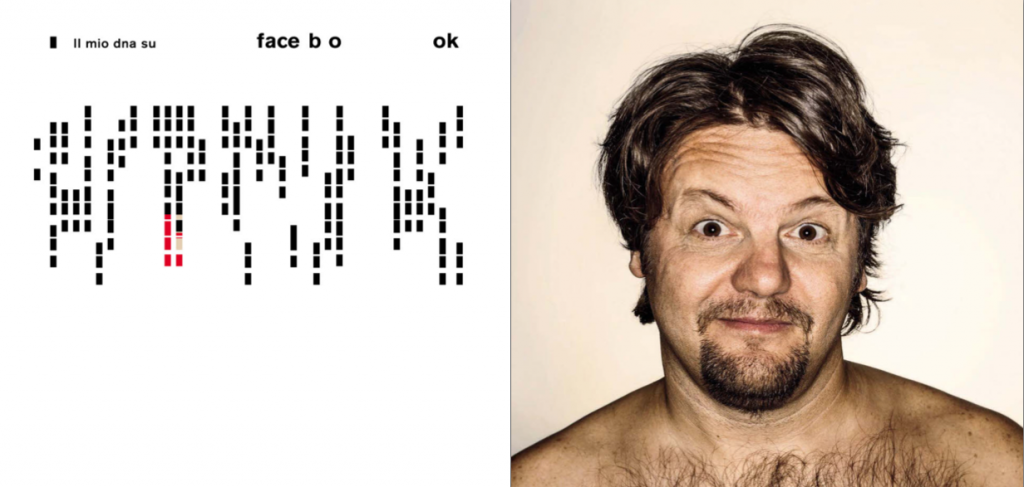


We wanted to introduce the Wolf as a bounty hunter, much like Clint Eastwood with his poncho on. Now we’re in this rugged spaghetti-western feel. “We wanted to introduce a new tone to surprise the audience.

He goes to a dimly lit bar and meets the mysterious Wolf (Wagner Moura). He seems fine in a subsequent doctor visit, though the doctor informs him he has now lost eight lives and has only one left, something that never occurred to the overconfident feline who always assumed he was immortal. The film opens with a bright musical number as superhero Puss (voiced, as always, by Antonio Banderas) takes down a giant adversary - and dies, crushed by a massive falling bell. All of a sudden, they become highlighted. “John Ford did this a lot, but Sergio Leone’s execution of a frame within a frame - using props or shadows or doorways to frame characters - it feels like a comic-book panel. That manifested in some obvious visual references, such as extreme close-ups of eyes during the final duel - a classic in many of the Clint Eastwood westerns with Leone - and less-obvious ones, as when the filmmakers employed sets and framing to ape Leone’s in moments such as the Bear Family framed in a doorway as they crash into the house where Puss has been holed up - much as Leone framed a scene in 1968’s “Once Upon a Time in the West.” “Everything’s so dramatic and cool it made it so fun.” “When I saw a Sergio Leone spaghetti western for the first time, it was the closest thing to a superhero movie for me,” he says. It’s all part of how the “Puss” filmmakers used cinematic foreshadowing to convey that “characters chasing the future are oblivious to what’s right in front of them,” director Joel Crawford says. Several shots in the animated sequel are directly inspired by some of those masters’ most famous images. The DNA of “Puss in Boots: The Last Wish” is less 16th century Italian fairy tale than it is 20th century Sergio Leone and Akira Kurosawa.


 0 kommentar(er)
0 kommentar(er)
